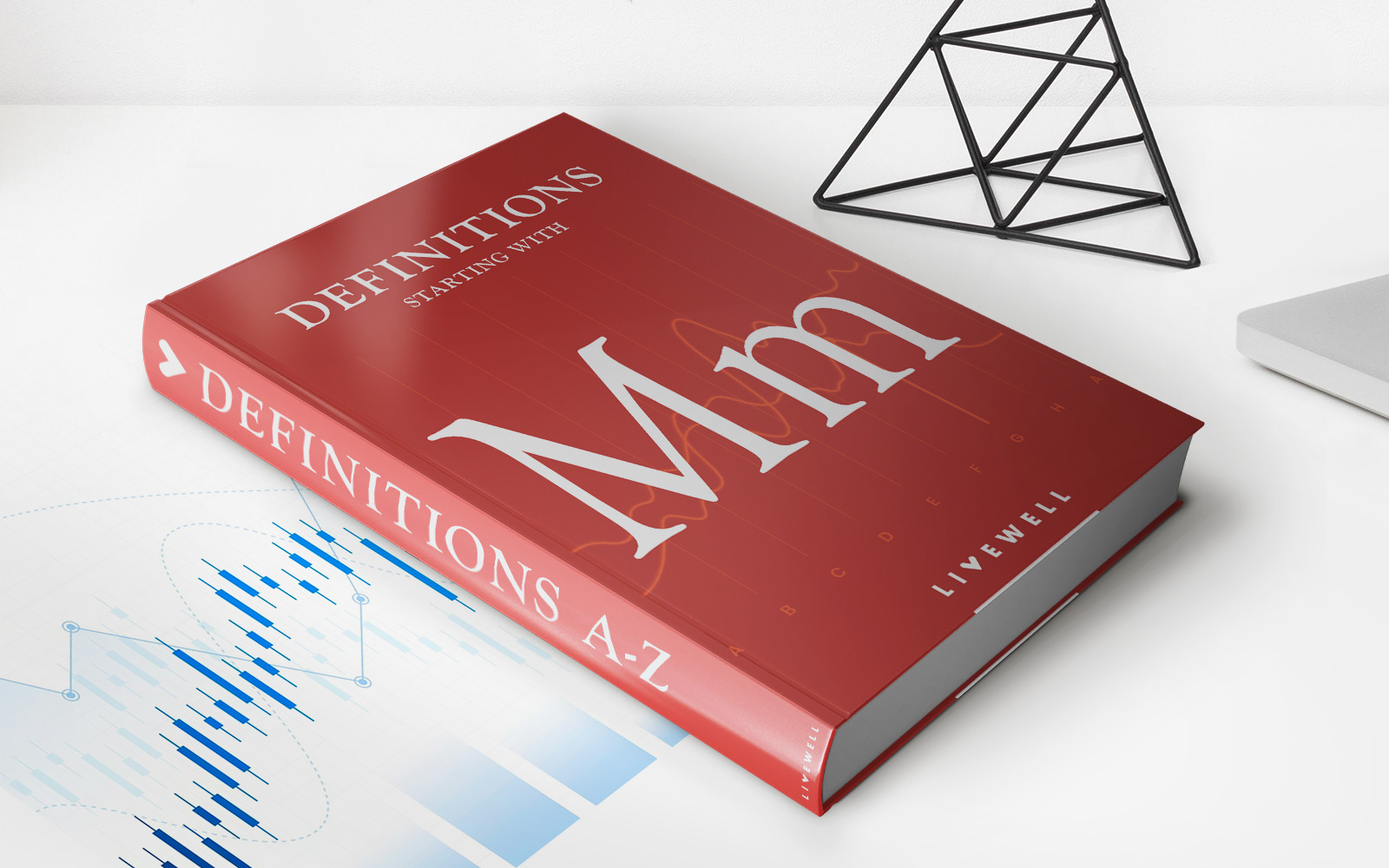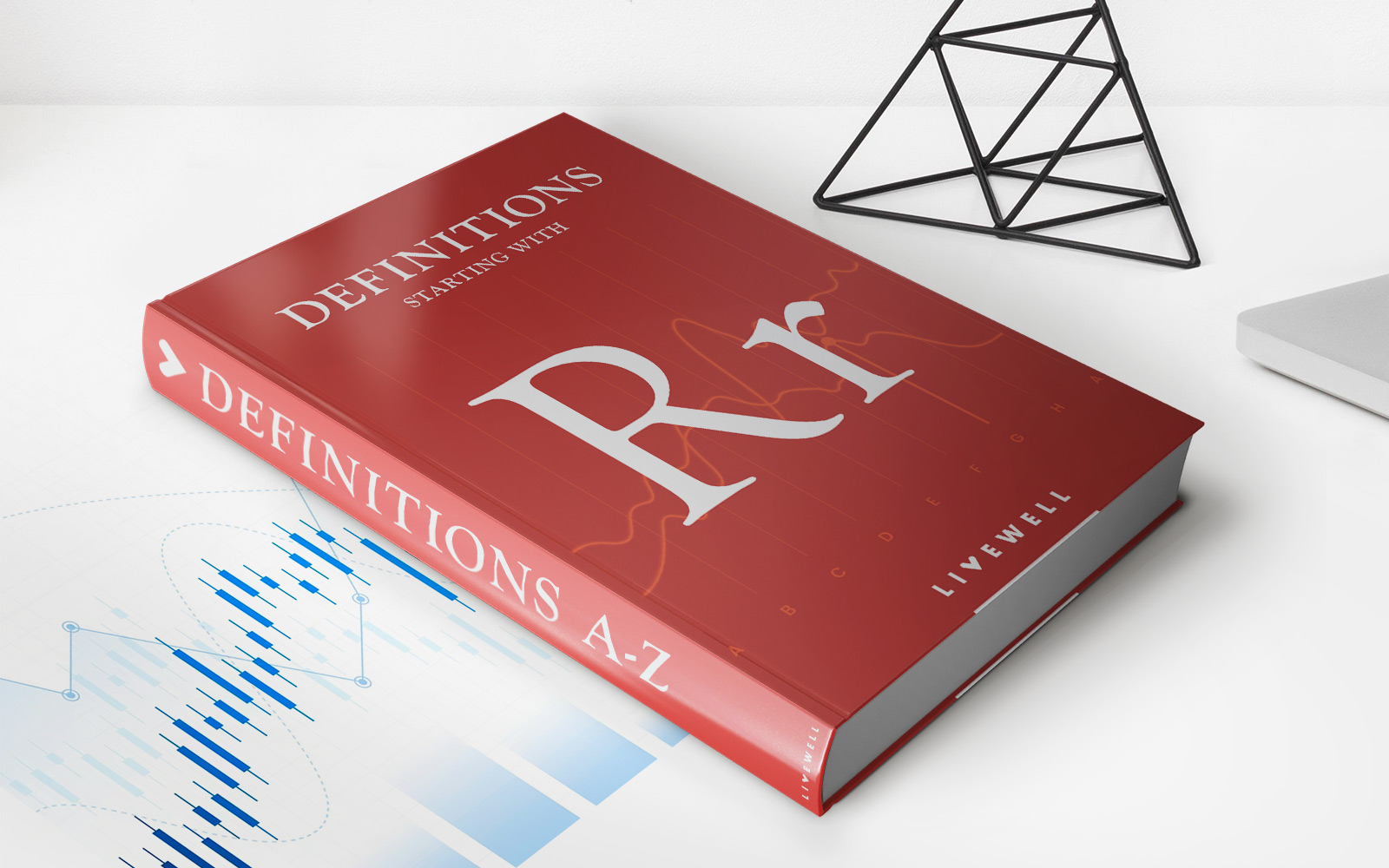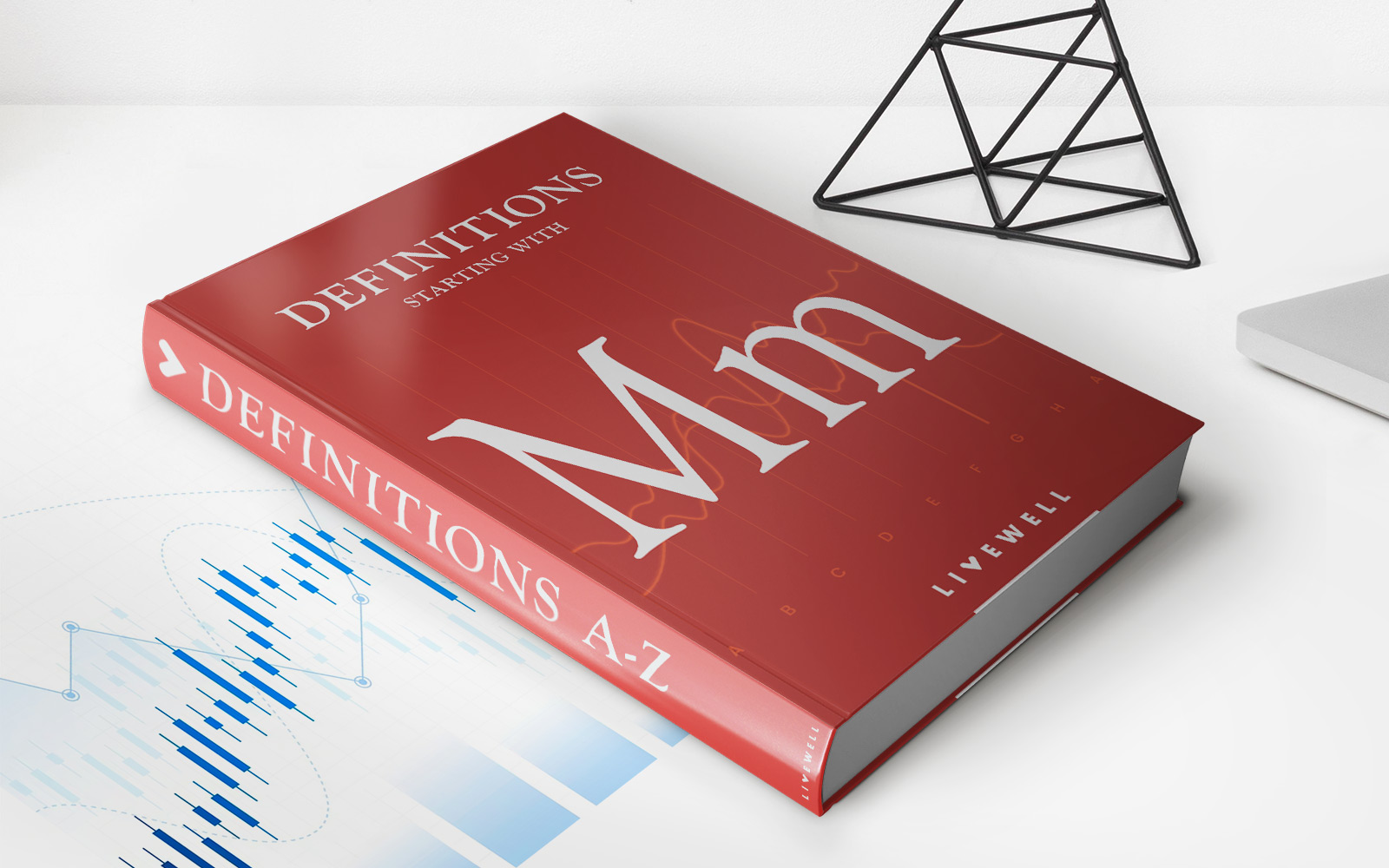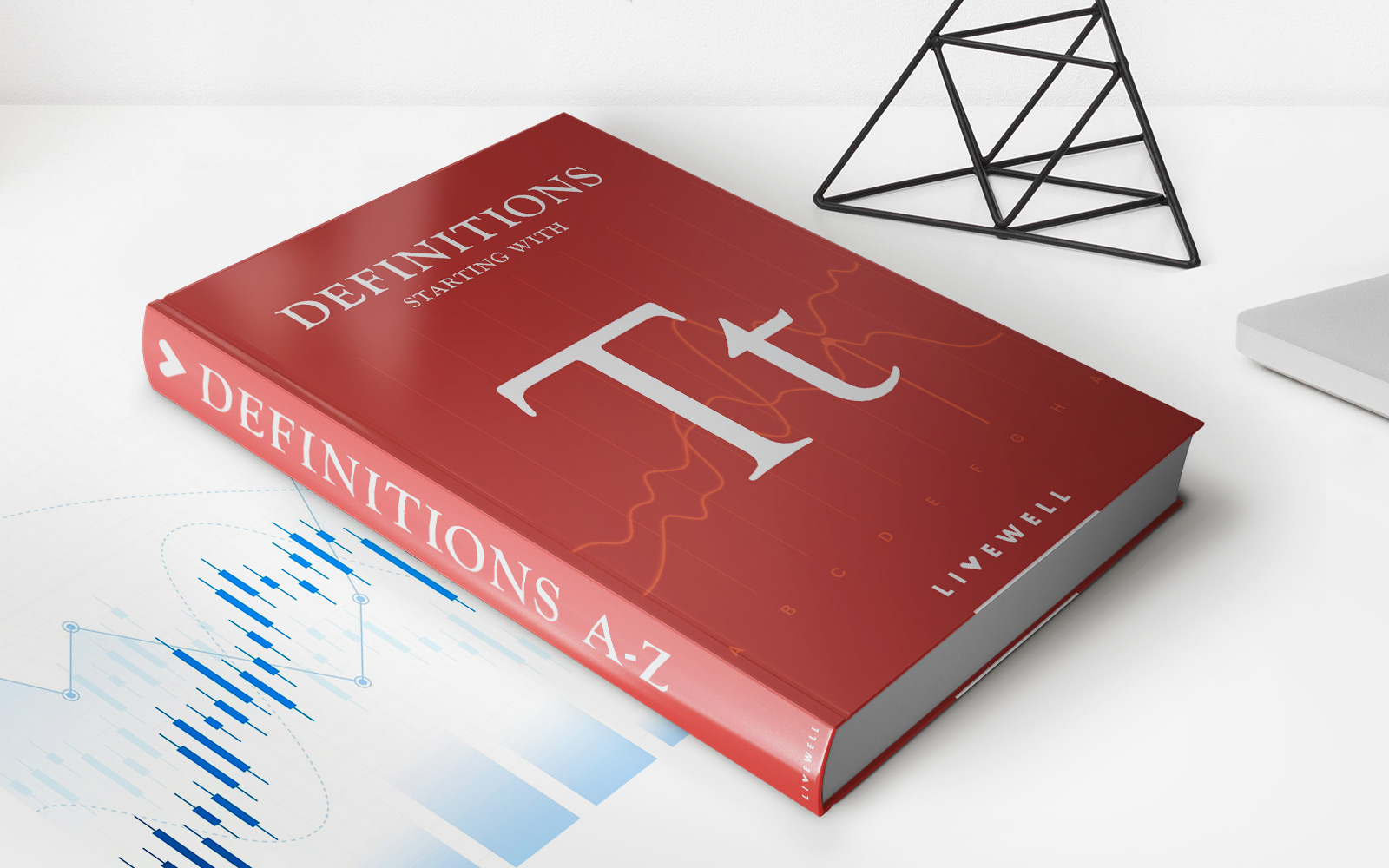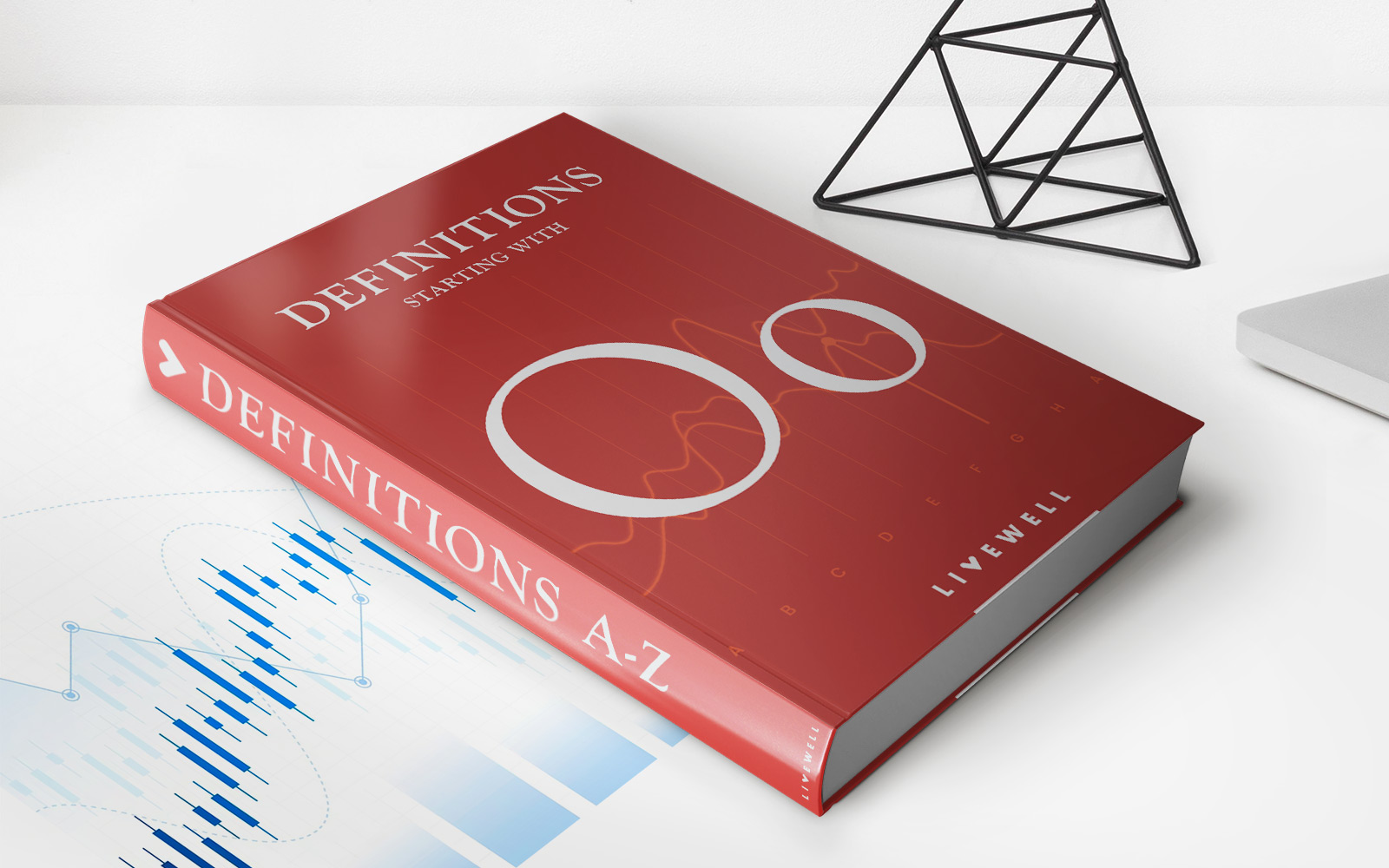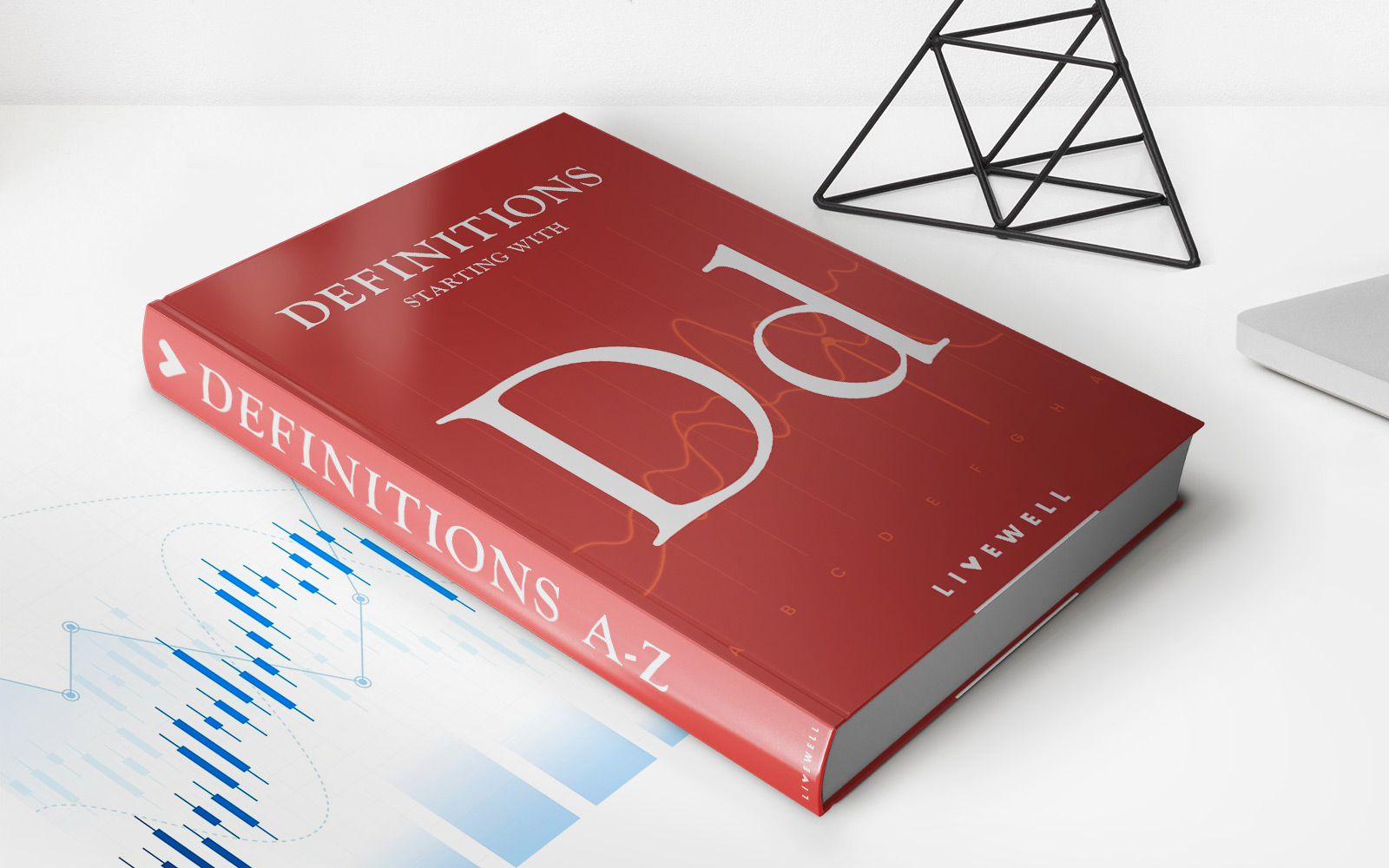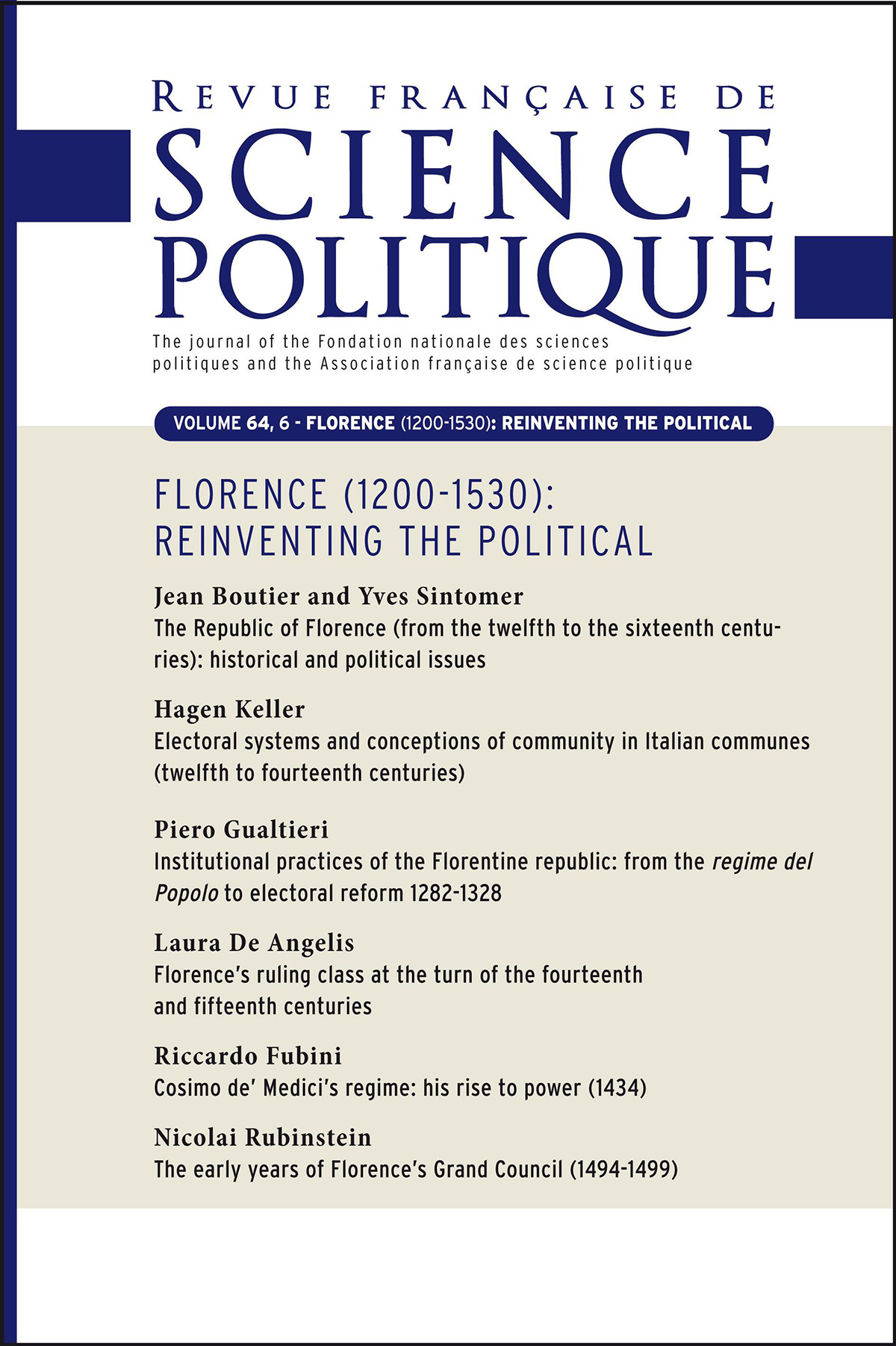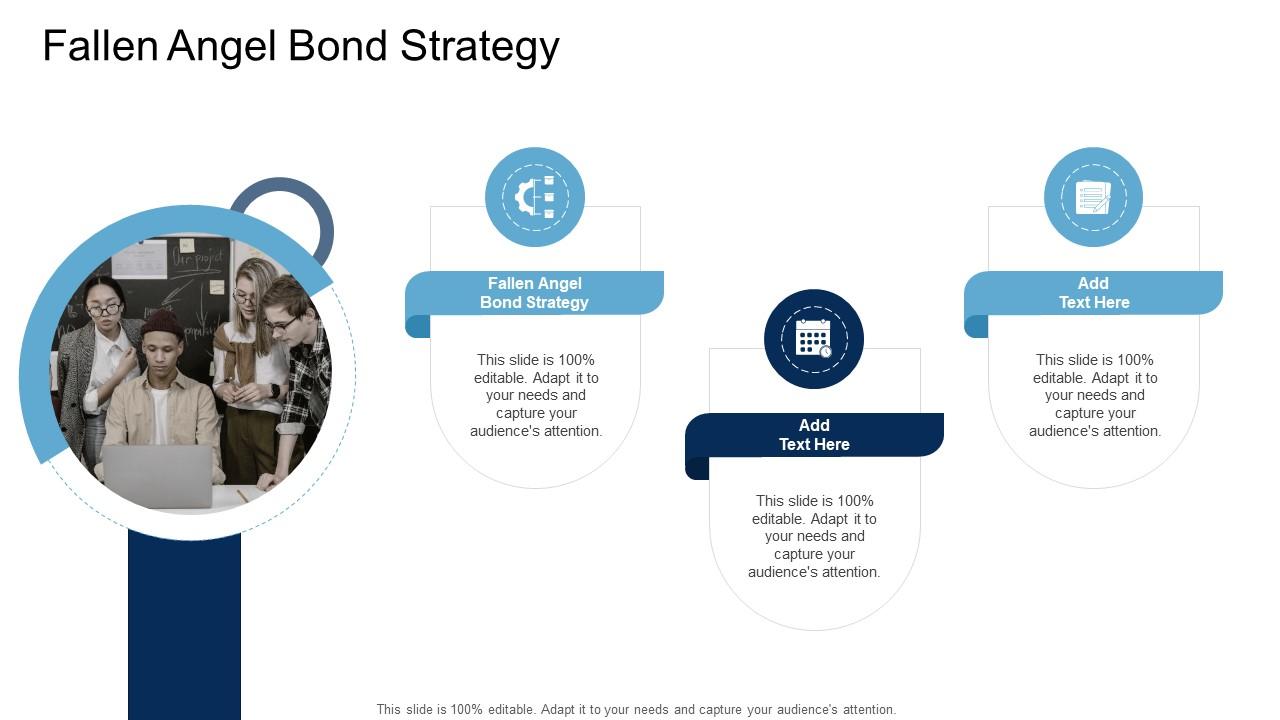Home>Finance>Federal Discount Rate: Definition, Vs. Federal Funds Rate


Finance
Federal Discount Rate: Definition, Vs. Federal Funds Rate
Published: November 22, 2023
Learn the difference between the Federal Discount Rate and the Federal Funds Rate in finance. Understand their definitions and implications.
(Many of the links in this article redirect to a specific reviewed product. Your purchase of these products through affiliate links helps to generate commission for LiveWell, at no extra cost. Learn more)
Understanding the Federal Discount Rate: Definition, vs. Federal Funds Rate
When it comes to the world of finance, understanding the various interest rates is crucial. Two key rates that often come up in conversations are the Federal Discount Rate and the Federal Funds Rate. While they may sound similar, they serve different purposes in the financial system.
Here, we will provide a clear definition of the Federal Discount Rate and explain how it differs from the Federal Funds Rate. By the end of this article, you’ll have a solid grasp on these essential interest rates and their significance in the financial world.
Key Takeaways:
- The Federal Discount Rate is the interest rate at which the Federal Reserve (the central bank of the United States) lends money to commercial banks and other depository institutions.
- The Federal Funds Rate, on the other hand, is the rate at which banks lend money to each other overnight to meet reserve requirements.
What is the Federal Discount Rate?
The Federal Discount Rate is the interest rate set by the Federal Reserve through its regional banks. It is the rate at which depository institutions, such as commercial banks and credit unions, can borrow funds from the Federal Reserve to meet short-term liquidity needs.
The main purpose of the Federal Discount Rate is to provide a safety net for banks during times of financial stress. By allowing banks to borrow from the Federal Reserve at a discounted rate, it helps ensure the stability of the banking system and promotes healthy economic conditions.
What is the Federal Funds Rate?
The Federal Funds Rate, in contrast, is the interest rate at which banks lend money to each other to meet reserve requirements. This rate is set by the Federal Open Market Committee (FOMC), which consists of members from the Federal Reserve System.
The Federal Funds Rate plays a significant role in monetary policy as it influences borrowing costs for consumers and businesses. When the Federal Funds Rate is lowered, it stimulates borrowing and spending, promoting economic growth. Conversely, when the rate is raised, it discourages borrowing and helps combat inflation.
How do the Federal Discount Rate and Federal Funds Rate differ?
While both rates impact the financial system, it’s important to understand their key differences:
1. Purpose:
- The Federal Discount Rate exists to provide short-term liquidity to depository institutions.
- The Federal Funds Rate is used to manage overall monetary policy and influence borrowing costs in the economy.
2. Recipients:
- The Federal Discount Rate is specifically for depository institutions, such as commercial banks and credit unions.
- On the other hand, the Federal Funds Rate is relevant to all banks and financial institutions that participate in the Federal Reserve System.
3. Setting:
- The Federal Discount Rate is set by the Federal Reserve’s regional banks.
- The Federal Funds Rate is determined by the Federal Open Market Committee (FOMC).
4. Usage:
- The Federal Discount Rate is typically used by banks as a last resort, when they are unable to borrow from other sources.
- Conversely, the Federal Funds Rate is used by banks for routine overnight lending to meet their reserve requirements.
Overall, both the Federal Discount Rate and the Federal Funds Rate are essential tools used by the Federal Reserve to influence the economy. However, they serve different purposes and target different types of financial institutions.
In Conclusion
Understanding the Federal Discount Rate and the Federal Funds Rate is crucial for anyone interested in finance. These interest rates play a significant role in shaping the economy and financial markets. By distinguishing between the two and appreciating their functions, you’ll gain valuable insights into the inner workings of our financial system.
So the next time you come across discussions about these rates, you’ll be armed with the knowledge to join in the conversation at ease!


